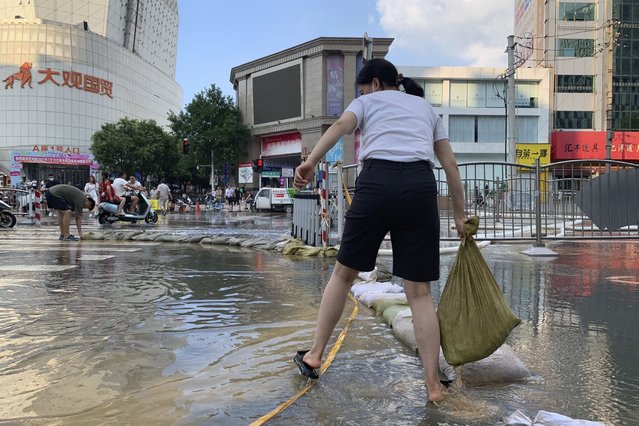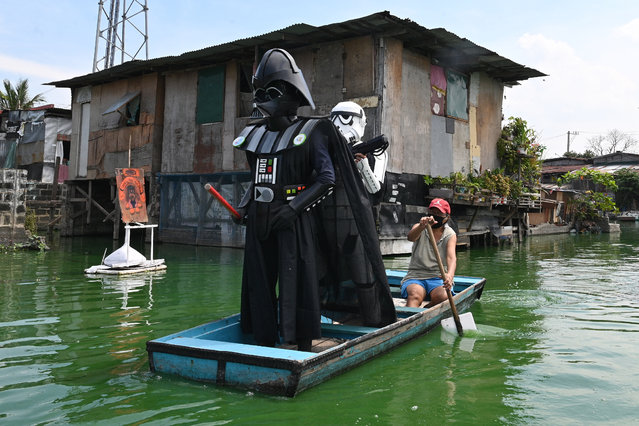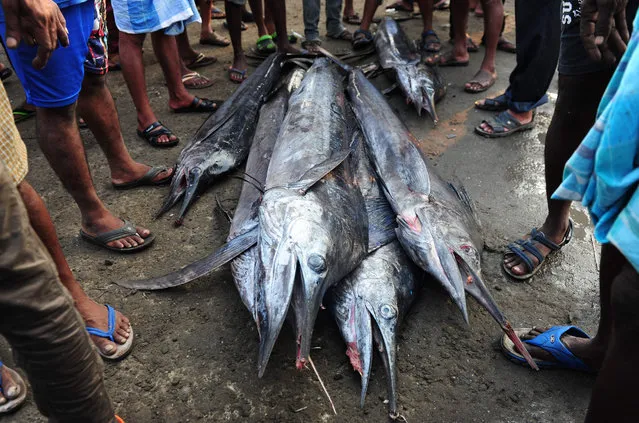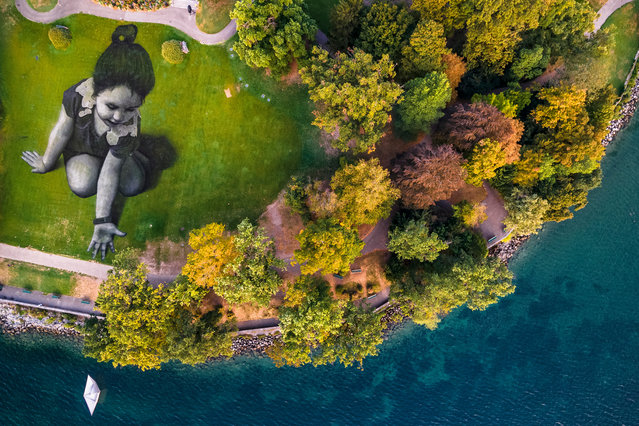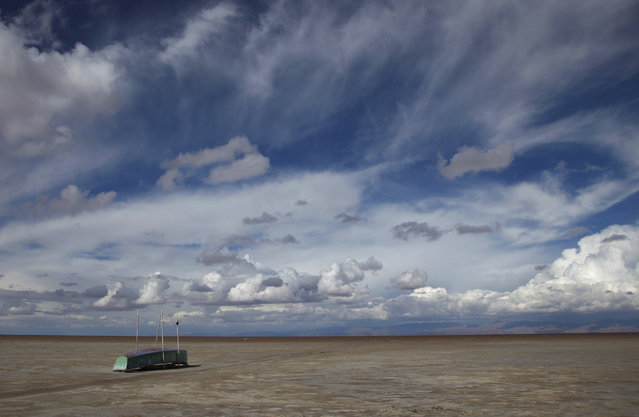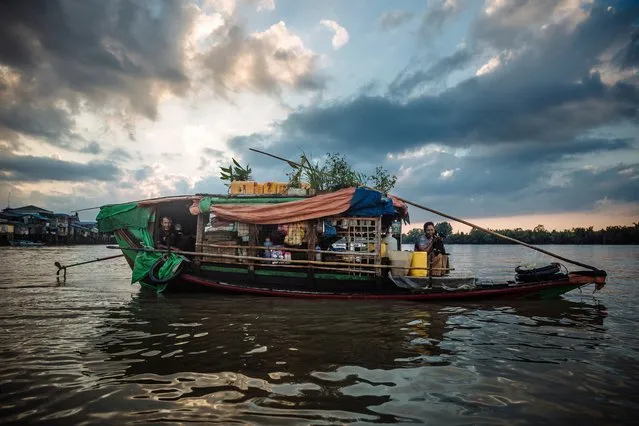
Activists protest the Shell Oil Company's drilling rig Polar Pioneer which is parked at Terminal 5 at the Port of Seattle, Washington May 16, 2015. Hundreds of activists in kayaks and small boats fanned out on a Seattle bay on Saturday to protest plans by Royal Dutch Shell to resume oil exploration in the Arctic and keep two of its drilling rigs stored in the city's port. (Photo by Jason Redmond/Reuters)
18 May 2015 12:07:00,post received
0 comments

